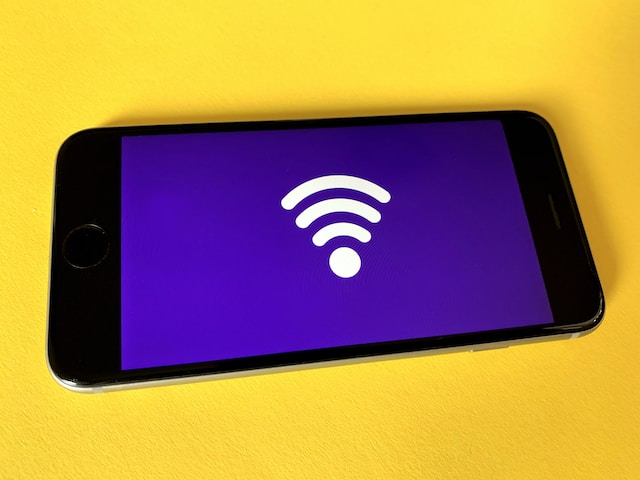
Experiential learning is making waves in education. It's all about learning by doing, and this approach is catching on at colleges and universities.
It brings theory to life, engaging students in ways traditional lectures can't.
From internships to study abroad programs, experiential learning covers a broad spectrum. It's transforming the way students learn and prepare for their futures.
This article explores experiential learning's what, why, and how and shows its impact on higher education.
What is Experiential Learning?
Experiential learning is about hands-on experience. It's rooted in Kolb's Experiential Learning Theory. This theory states that learning is a process where knowledge is created through experience.
Instead of just reading or listening, students engage in activities that enhance their understanding. Experiential learning includes internships, service learning, study abroad programs, and simulations.
Internships provide real-world experience in a student's field of study. They bridge the gap between classroom theory and practical application.
Service learning combines community service with coursework. It teaches civic responsibility and strengthens communities. Study abroad programs expose students to new cultures and perspectives, broadening their horizons.
Simulations and role-playing exercises in classrooms help students practice real-life scenarios in a controlled environment. These forms of learning make learning dynamic and interactive.
Benefits of Experiential Learning
Experiential learning offers numerous benefits. It enhances student engagement. Students are more likely to stay interested and motivated when actively involved in their learning process. Hands-on activities make learning more exciting and relevant.
This leads to better retention of information.
It also develops critical thinking and problem-solving skills. By tackling real-world problems, students learn to think on their feet. They analyze situations, make decisions, and see the results of their actions. This practical approach fosters more profound understanding and skill development.
Another significant benefit is the bridge between theory and practice. Experiential learning allows students to apply what they've learned in the classroom to real-life situations. This connection makes learning more meaningful and impactful. It prepares students for the complexities of the real world.
Furthermore, experiential learning improves employment prospects. Employers value practical experience. Students who have completed internships or participated in service learning projects often have an edge in the job market.
They have the skills and experience that employers seek, and this hands-on experience makes them more attractive candidates.
Implementation of Experiential Learning
Integrating experiential learning into the curriculum is crucial. Schools need to create opportunities for students to engage in practical experiences. This can be done through partnerships with businesses and organizations.
These partnerships provide internships, co-op programs, and project-based learning opportunities. Collaboration with industry ensures that students gain relevant and up-to-date skills.
Technology plays a significant role in facilitating experiential learning. Virtual simulations and online learning tools make it easier to provide hands-on experiences. For example, medical students can practice surgical techniques using virtual reality.

Business students can manage virtual companies, learning about management and decision-making in a risk-free environment. These technological tools enhance the learning experience and make it more accessible.
Challenges and Solutions
Implementing experiential learning does come with challenges. One common issue is resource constraints. Schools may need more funds or infrastructure to support extensive experiential learning programs. Another challenge is faculty training.
Teachers must be equipped with the skills and knowledge to facilitate hands-on learning.
Solutions to these challenges include seeking external funding and partnerships. Grants from government agencies or private foundations can provide the necessary resources. Schools can also collaborate with businesses and community organizations to share resources and expertise.
Investing in faculty development is also essential.
Providing training and professional development opportunities helps teachers learn how to integrate experiential learning into their courses. This ensures that students receive high-quality, hands-on learning experiences.
Future of Experiential Learning
The future of experiential learning looks promising. Emerging trends and innovations are making it more accessible and practical.
For instance, virtual and augmented reality are used to create immersive learning experiences. These technologies allow students to explore complex concepts in a hands-on way.
The long-term impact of experiential learning on education is significant. It prepares students for the workforce by providing practical skills and experience.
It also fosters a love for lifelong learning. When students see the relevance and application of their education, they are more likely to continue seeking knowledge throughout their lives.

As more schools implement experiential learning, it will become an integral part of education. It will change how students learn and prepare for their futures, making education more engaging, relevant, and effective.
Conclusion
Experiential learning is transforming education. It makes learning active, engaging, and relevant. By incorporating hands-on experiences into the curriculum, colleges and universities prepare students for the real world.
They develop critical thinking, problem-solving skills, and practical knowledge.
This approach bridges the gap between theory and practice, enhancing student engagement and improving employment prospects. While implementing experiential learning has challenges, the benefits far outweigh them.
With the support of technology and industry partnerships, experiential learning is set to become a cornerstone of higher education.











